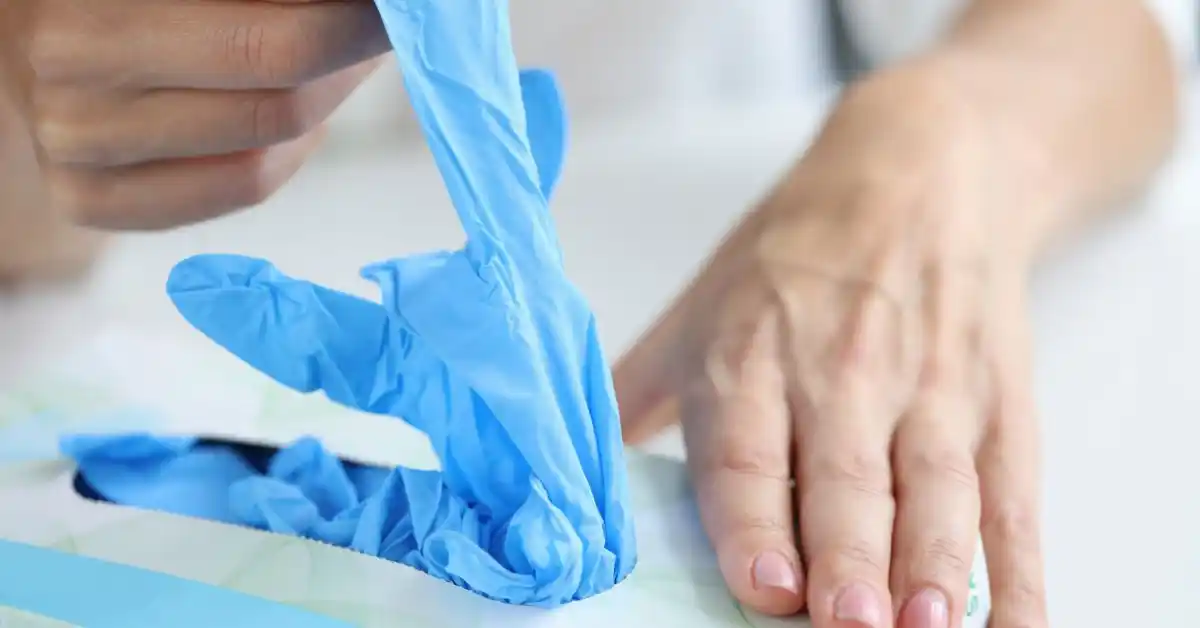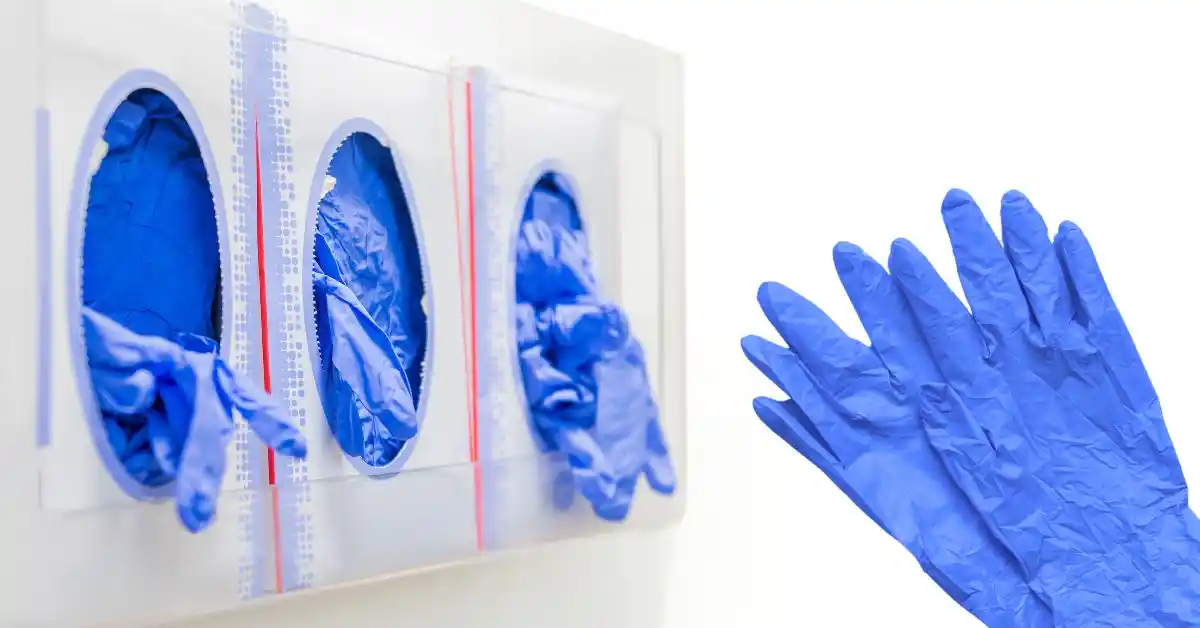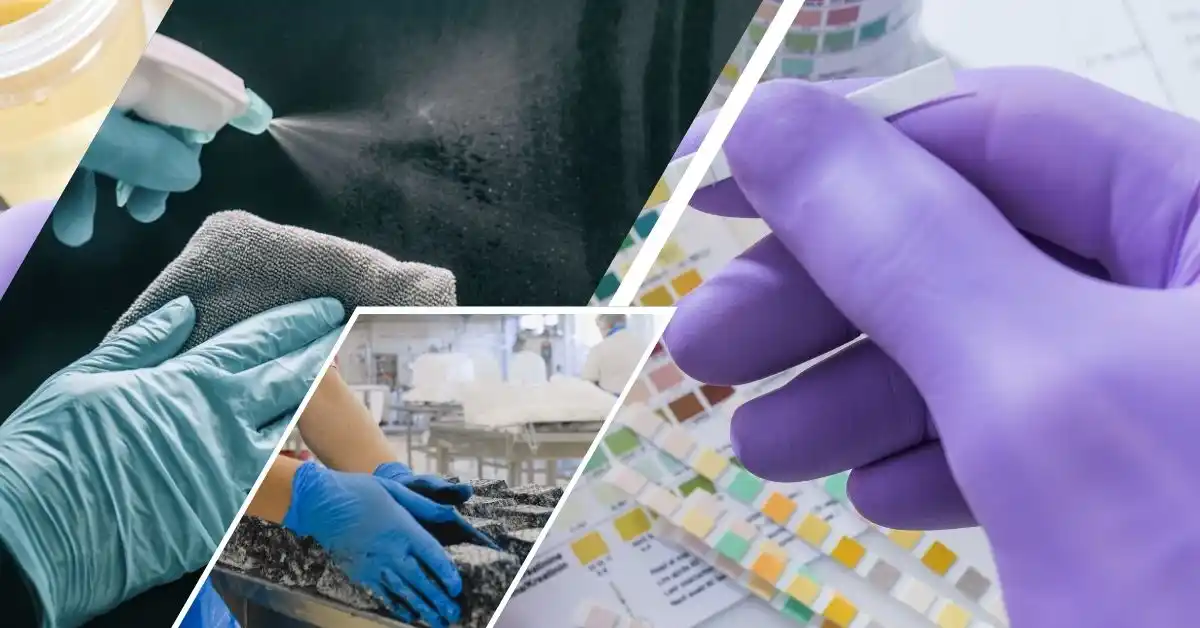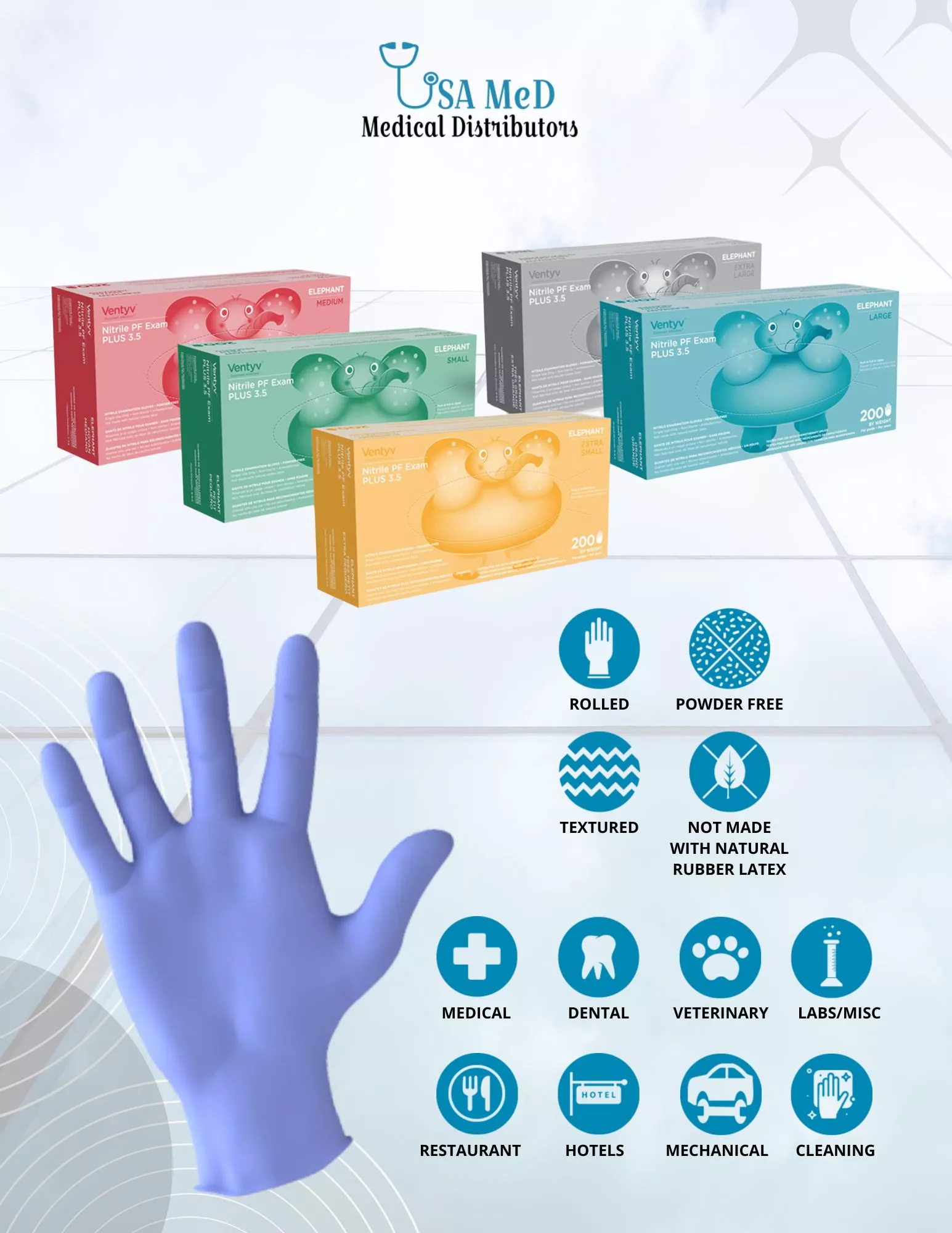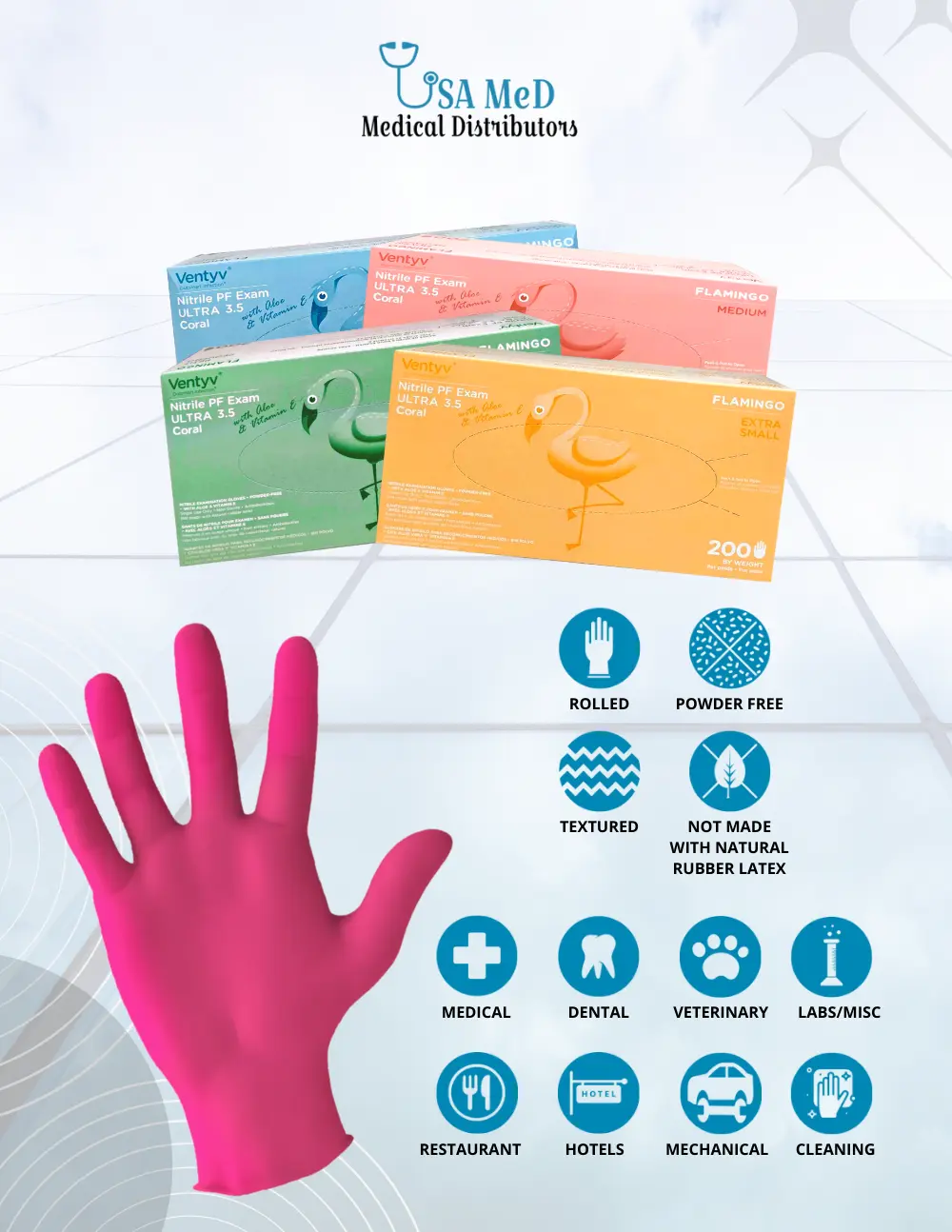
The Essential Guide to Nitrile Gloves in Laboratories: Safety, Benefits, and Best Practices
Common Applications of Nitrile Gloves in Various Laboratory Environments Nitrile gloves have become a staple in laboratory environments due to their durability, chemical resistance, and





